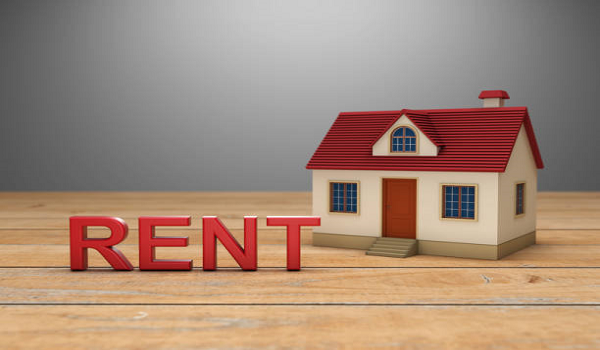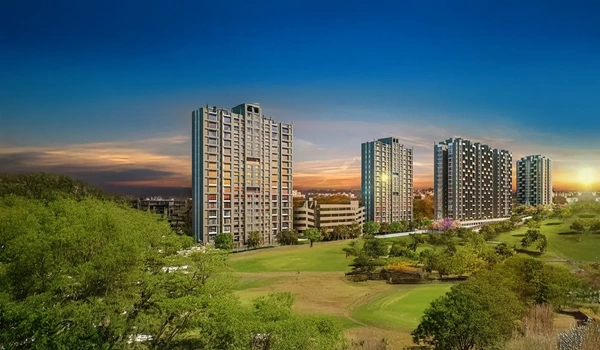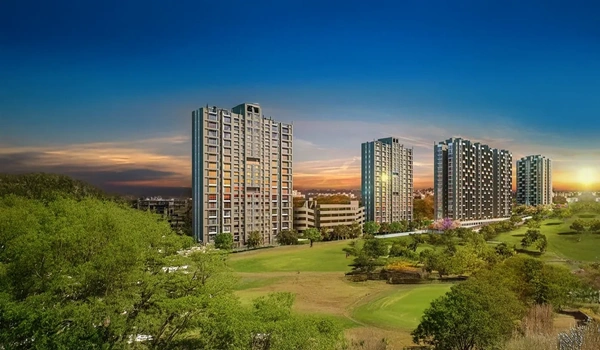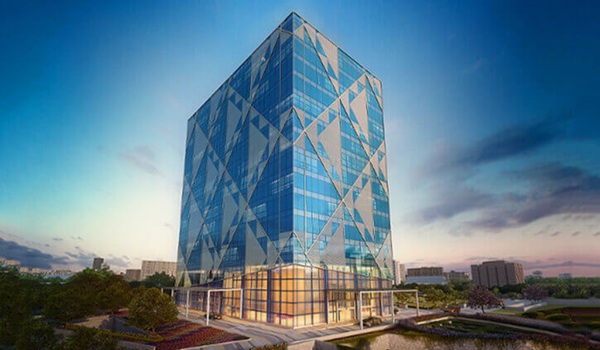Housing Rentals in Indian Metros See Big Jump in Early 2025: Bengaluru and Pune on Top

In the first three months of 2025, rent prices for homes in India's big cities have gone up fast. On average, rent rose by 10% between January and March. Cities like Bengaluru and Pune saw the highest jumps, as more people returned to work and looked for homes near offices and tech parks. With fewer homes available in popular areas, demand has gone up—especially in places like Sarjapur Road, where projects like Birla Evara are gaining attention.
Let's explore why rents are rising, where it's happening the most, and what this means for tenants and investors.
Data from Magicbricks shows that Bengaluru had the highest increase in rent—15.7% in just one quarter. Pune followed closely with 12.5%, and Mumbai and Kolkata both saw growth of over 10%.
Here's a quick look at the numbers:
| City | Rent Growth (Jan–Mar 2025) |
| Bengaluru | 15.7% |
| Pune | 12.5% |
| Mumbai | 10.2% |
| Kolkata | 10.2% |
| Noida | 7.9% |
| Delhi | 7.3% |
| Chennai | 5.6% |
| Hyderabad | 4.8% |
| Gurugram | 4.1% |
| Greater Noida | 3.2% |
Many companies have asked workers to come back to the office for at least a few days a week. This has made people look for homes close to their workplace. In Bengaluru, areas like Whitefield, Electronic City, and Sarjapur Road are in high demand.
Homes near office hubs can get rented out quickly and even cost 20–30% more than before. That's why premium homes, like the ones at Birla Evara, are seeing a lot of interest from professionals.
With hybrid work becoming normal, families and professionals want more space. Many people now prefer 3BHK homes so they can have a separate room to work from home. Some even look for row houses or villas, especially if they're just a few kilometers from the office.
Cities like Bengaluru, Pune, and Hyderabad are hiring fast in the tech and R&D sectors. This steady job creation is bringing more people to these cities, which pushes up rental demand.
Here's how much tenants are paying on average for a 2BHK apartment:
| City | Avg. Monthly Rent (2BHK) | Popular Areas |
| Bengaluru | ₹30,000 – ₹40,000+ | Sarjapur Rd, ORR, Whitefield |
| Pune | ₹20,000 – ₹30,000+ | Hinjewadi, Wakad, Kharadi |
| Mumbai | ₹45,000 – ₹70,000+ | Andheri, Bandra, Powai |
| Delhi NCR | ₹25,000 – ₹45,000+ | Gurugram, Noida, Ghaziabad |
| Hyderabad | ₹22,000 – ₹35,000+ | Gachibowli, Kondapur, Hitech City |
| Chennai | ₹18,000 – ₹28,000+ | OMR, Sholinganallur, Porur |
| Kolkata | ₹15,000 – ₹25,000+ | Salt Lake, Rajarhat, New Town |
It's not just rents that are rising—rental yields (the returns landlords earn from rent compared to property cost) are also improving. This makes buying homes to rent them out more appealing for investors.
Here's how rental yields changed between 2024 and 2025:
- Ahmedabad: From 3.6% to 4.2%
- Bengaluru: From 3.6% to 3.8%
- Hyderabad: From 3.4% to 3.7%
- Mumbai: From 3.8% to 3.9%
- Kolkata: Around 6.3%
- Delhi: Around 6.2%
These gains show that buying a rental property in 2025 could be a smart move—especially in fast-growing areas where demand stays strong.
While rental demand is growing, new housing supply isn't rising as fast. Some of the reasons are:
- Less Land: In top micro-markets like ORR and Sarjapur Road, there isn't much land left to build new homes.
- Focus on Luxury Homes: Developers are choosing to build more luxury apartments where profits are higher. Affordable rental homes have dropped by over 50% in Tier 2 cities in Q1 2025.
- Ongoing Migration: People continue to move to big cities for jobs, studies, and better living, which adds to the pressure.
Yes—and here's why:
- Steady Rent Income: Higher rent yields mean better monthly cash flow.
- Future Value Growth: Places like Sarjapur Road offer the chance to earn both rent and long-term appreciation.
- Projects Like Birla Evara: These homes offer good location, smart layouts, and lifestyle features that attract both tenants and buyers.
But investors should also plan carefully. Always factor in costs like maintenance, property tax, and vacancy periods to calculate your net rental income.
- Rents Will Keep Rising: Experts expect rents in top cities to rise 7–10% more by the end of 2025.
- New Demand in Nearby Towns: High city rents are making people look at places like Tumakuru, Hosur (Bengaluru) and Meerut, Sonipat (NCR).
- Affordable Rentals Needed: More homes in the ₹10,000–₹25,000 range are needed to support students, first-job professionals, and young families.
- Co-living Growth: Shared homes with private bedrooms and common areas are becoming more popular among single renters.
India's rental market is going through a major shift. With hybrid work, strong job growth, and limited new housing, rents are rising across metros—and they're not slowing down. This is a challenge for tenants but a big opportunity for investors.
If you're looking to buy a home to live in or rent out, projects like Birla Evara on Sarjapur Road offer the right mix of location, design, and long-term value in a high-demand zone.
| Enquiry |








